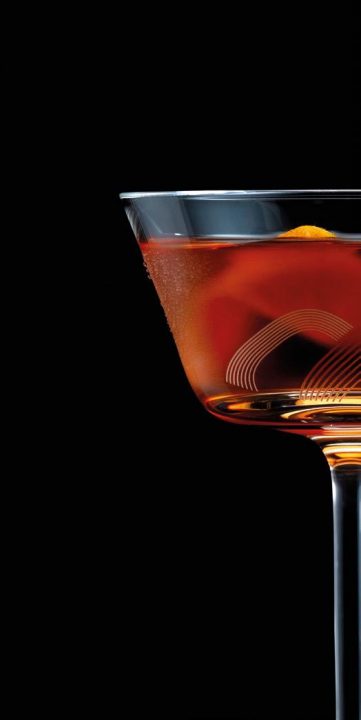How to Create a Classic

There are no hard and fast rules to what makes a classic cocktail, unfortunately. You could argue that to earn ‘classic’ status, a cocktail needs to be on menus for a significant amount of time. But then, if you create an overnight success and it evaporates a year later, it can never earn the all-important mantel of ‘classic’. True classics have been around for decades, and so chances are, you may not live long enough to enjoy your own success.
That said, thanks to social media and global connections, we can now see truly great drinks being shared wider and faster than ever before. The Espresso Martini started life in the 1980s when Dick Bradsell was making his original vodka espresso and pharmaceutical stimulant cocktails, and that drink is now on menus around the world – so there is hope. Maybe you don’t need to wait 100 years to see if your drink is a classic.
But how do you create a classic? Well, the best bar professionals acknowledge there are certain guidelines to getting started, and while the competition means it really is one in a million, if you start with the basics then you stand a better chance than most.

Simple
Simplicity is key, you want to make a drink all bartenders can make, everywhere around the world. Every bar needs to have, or be able to quickly source or make the constituent parts. The Espresso Martini can exist in the modern bar because most bars have coffee machines. The Penicillin included a house ginger syrup, interesting at the time, but something we all now consider easy enough to make. Think about what equipment every bartender around the world will have to hand – don’t expect them to don a lab coat to create a single drink.
What’s in a name?
Quite a lot. The name is the brand. And to an extent, the brand is king. Try and make it eye catching, and if it can help communicate something about the drink then great. Take the Bramble, an inoffensive and simple name that also suggests a fruity drink, with blackberry being the obvious main ingredient, but also spring and summer in the same stroke. It’s such a strong name that one of the best bars in the world is named after it. Think about the entire concept rather than choosing a catchy name for the sake of it – have a reason behind the name and a story to tell.
Occasion
The Bloody Mary is the perfect brunch pick-meup. The Corpse Reviver No.2 combines aperitif style with a great name – Harry Craddock described it as a drink to raise the dead, and a dash of absinthe really makes it stand out. The Espresso Martini, meanwhile, fits the post dinner lull. For the majority of classics, there is a moment associated with them, so think where your cocktail could fit into the pantheon of occasion drinks.
Location
Not essential, but if you can give a drink a local feel, a connection back to your bar and its physical location, that might help. Don’t add a local ingredient no one will be able to get hold of, but with drinks like a Bellini, the Prosecco combines with a locally sourced peach puree to celebrate the romance of its Venetian surroundings.
Balance
Mr Miyagi stressed this skill to Daniel-san in the Karate Kid and he was right to. Balance is crucial. Too strong and consumers won’t dig it. Too sweet and it might land with the disco kids, but bartenders will dismiss it. Too sour and no one will want it. Hey, no one said it would be easy.
Categorise
It might help to identify some key flavour families to then move around and combine in different ways. A core list would include: strong (spirit), bitter (bitters), sweet (sugar, liqueur, sweet vermouth), sour (citrus juices), dilution. But as an extension also consider adding spicy, smoky and floral flavours into the mix.

Taste
Use your nose and tongue. Seems obvious, but taste the ingredients independently and regularly. Every day your palate is corrupted by something, you need to be tasting it all the time to be sure. Taste as you build and taste every time you make it – make sure it is always as you expect it to be.
Trends
Don’t jump on bandwagons for the sake of it, try every new and on trend ingredient, but don’t opt for fads and gimmicks, consider whether or not this ingredient really is going to be around in 100 years.
Create a drink you enjoy
For the last few years, strong, stirred, aged spirit drinks have been popular with bartenders around the world, which is great, but don’t explore this concept if you don’t enjoy this style of drink. You are the best ambassador for your cocktail, so create something you’ll actually enjoy drinking.
Sell it
Assuming you’ve had positive feedback, make sure it’s high up on your menu. Then, when customers ask for a recommendation, make them your drink. Stick with it, take it everywhere you go, suggest it to peers, enter it into competitions. If you really believe in the drink, it will only become recognised if you keep making it.
Persevere
Be prepared to be shouting about it for a while, it’s likely to take decades.


